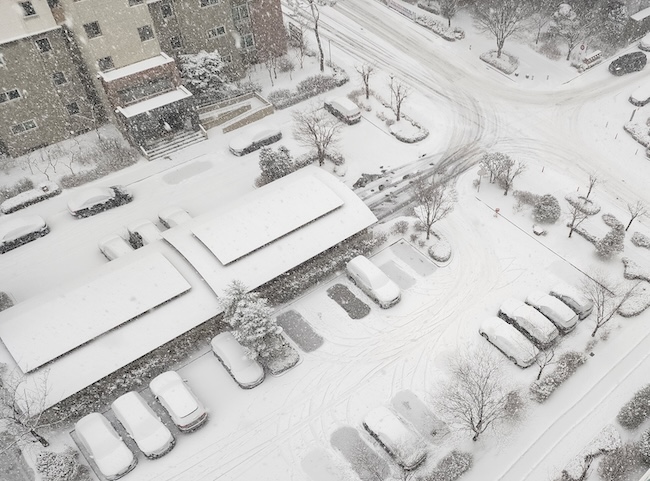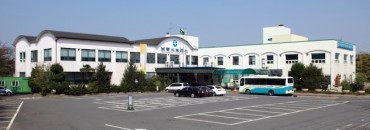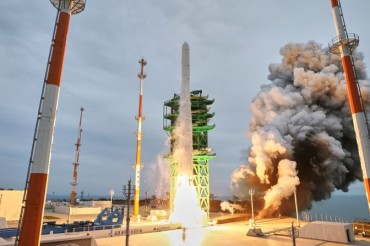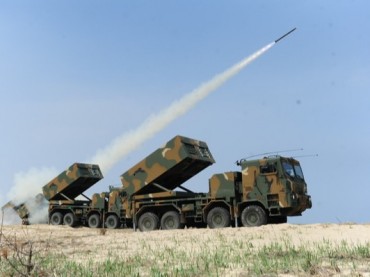SEOUL, Jan. 12 (Korea Bizwire) – Out of 89 regions in South Korea designated as declining in population, nine have successfully reversed this trend, largely due to a common factor: improvements in the residential environment.
According to the ’2023 Year-End Resident Registration Population Statistics’ released by the Ministry of the Interior and Safety on January 10, regions that have witnessed population growth include Daegu’s Seo District, Busan’s Dong District, Yesan County in South Chungcheong Province, Sinan County in South Jeolla Province, Gapyeong County in Gyeonggi Province, Ulleung County in North Gyeongsang Province, Sunchang County in North Jeolla Province, Goseong County in Gangwon Province, and Geumsan County in South Chungcheong Province.
The criteria for designating a population decline area are based on an index of population decline, which includes eight indicators such as the annual average population growth rate, population density, youth migration rate, and aging rate.
South Jeolla Province and North Gyeongsang Province are the most affected, with 16 regions each, followed by Gangwon Province with 12, South Gyeongsang Province with 11, South Jeolla Province with 10, South Chungcheong Province with nine, and North Chungcheong Province with 6.
Daegu’s Seo District topped the list with an increase of 4,261 people in 2022, primarily due to new residents relocating from other areas, as well as the highest number of births (376) among the declining regions.
A representative from Seo District attributed this to the influx of younger demographics, particularly those in their 30s, due to the recent move-ins to Pyeongri New Town, and noted that the district was committed to continuing to develop cultural facilities where parents can take care of their children while enjoying leisure activities.
The second-highest increase in population was observed in Busan’s Dong District, where the population grew by 1,330, with 373 births. According to a local official, the influx of younger generations was largely driven by new apartment complexes in Beomil-dong, with plans to further enhance residential environments and expand childcare welfare policies and sports facilities.
In South Chungcheong Province’s Yesan County, which saw an increase of 969 residents, the primary factor was the move-ins to the Naepo New Town in Sapgyo-eup. The county has successfully implemented various strategies to increase the population, including providing support for dormitory fees to students and youths residing in dormitories set up in local high schools and companies.
A representative from Yesan County noted the uncertainty in predicting continued population growth but emphasized plans to expand birth support funds and strengthen migration promotion.
Yeo Jung-hyup, director of the Autonomy and Decentralization Bureau at the Ministry of the Interior and Safety, attributed this success to local governments’ efforts in responding to the risk of regional extinction.
The government also plans to continue various support measures, including the application of a local extinction response fund and the active use of living population data.
M. H. Lee (mhlee@koreabizwire.com)







